Home>Gardening & Outdoor>Plant Care & Gardening Tips>How Do I Know If My Mums Are Perennial Or Annual
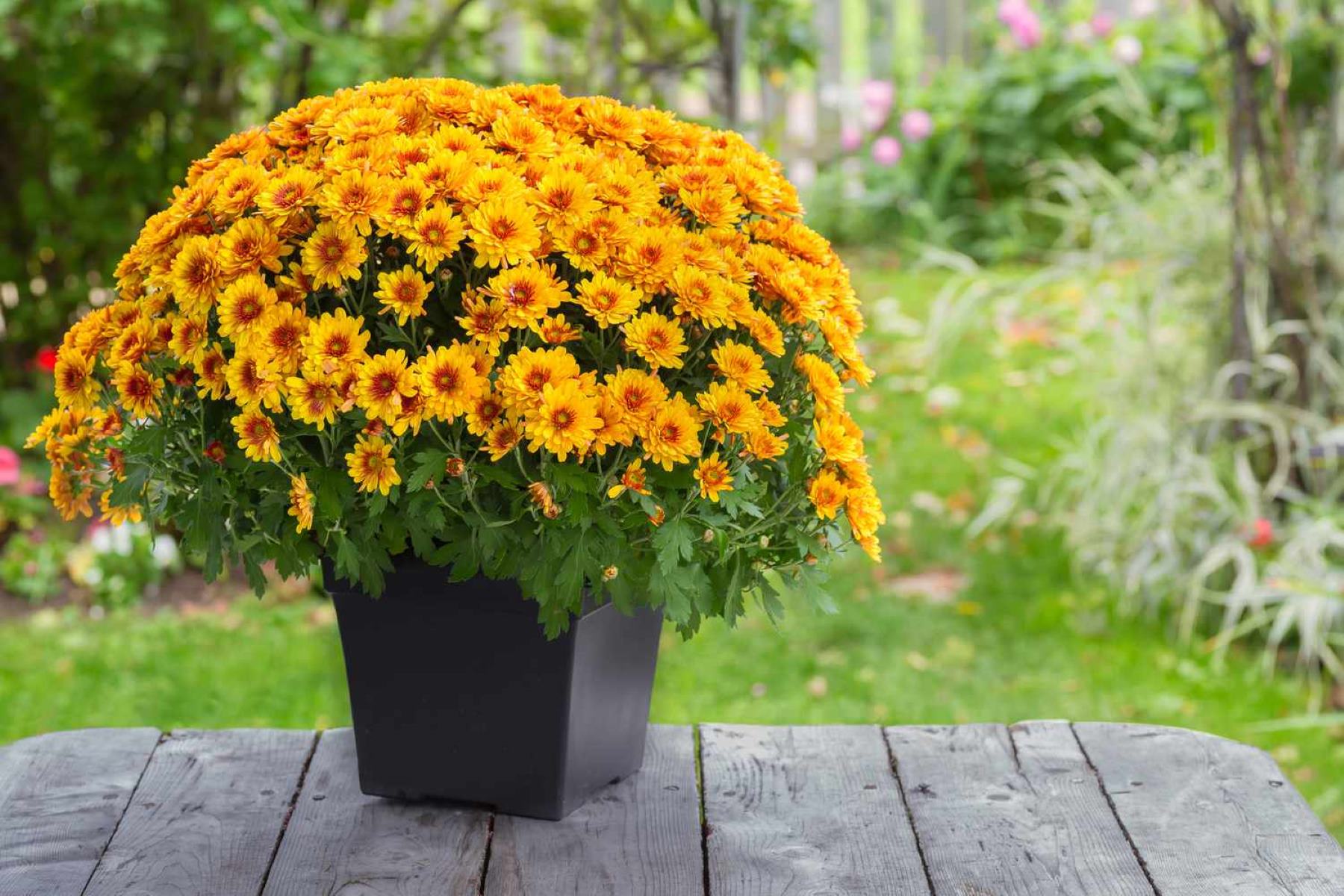

Plant Care & Gardening Tips
How Do I Know If My Mums Are Perennial Or Annual
Modified: March 2, 2024
Learn how to distinguish between perennial and annual mums with expert plant care and gardening tips. Ensure your mums thrive with the right knowledge.
(Many of the links in this article redirect to a specific reviewed product. Your purchase of these products through affiliate links helps to generate commission for Storables.com, at no extra cost. Learn more)
Introduction
When it comes to cultivating a vibrant and enduring garden, understanding the nature of your plants is crucial. Mums, also known as chrysanthemums, are a beloved addition to many gardens due to their stunning blooms and diverse colors. However, determining whether your mums are perennial or annual is essential for their long-term care and maintenance.
In this comprehensive guide, we will delve into the distinct characteristics of perennial and annual mums, equipping you with the knowledge to identify and differentiate between the two. By the end of this article, you will possess the expertise to discern whether your mums are perennial or annual, empowering you to nurture them effectively and ensure their longevity in your garden.
Key Takeaways:
- Perennial mums return year after year, showcasing vibrant blooms and adding enduring beauty to your garden. Their resilience and predictability make them a cherished fixture in any garden.
- Annual mums complete their lifecycle in a single season, offering a burst of vibrant blooms and seasonal charm. While they don’t return in subsequent years, their transient presence adds excitement and novelty to the garden landscape.
Read more: Which Mums Are Perennials
Understanding Perennial and Annual Mums
When it comes to mums, it's essential to understand the distinction between perennial and annual varieties. This knowledge is fundamental for successful gardening and ensuring the longevity of these beautiful plants in your garden.
Perennial mums are known for their ability to return year after year, showcasing their vibrant blooms and adding a touch of elegance to your garden season after season. These enduring plants have a robust root system that allows them to survive the winter and bloom again in the following years. Their resilience and longevity make them a popular choice for gardeners seeking sustainable and low-maintenance floral displays.
On the other hand, annual mums complete their life cycle within a single growing season. While they produce striking blooms and contribute to the visual splendor of your garden, they do not return in subsequent years. Understanding the lifecycle of annual mums is crucial for gardeners who may need to replant them each year to maintain a consistent display of colorful blossoms.
It's important to note that some gardeners may prefer the flexibility of planting annual mums each year, allowing them to experiment with new color schemes and arrangements. However, for those seeking enduring beauty and a consistent floral presence, perennial mums are an ideal choice.
By comprehending the characteristics and lifecycles of perennial and annual mums, you can make informed decisions about the composition of your garden and the long-term care of these beloved plants. Whether you opt for the enduring charm of perennial mums or the seasonal allure of annual mums, your garden will undoubtedly benefit from the vibrant hues and natural elegance that these plants bring.
Understanding the nature of perennial and annual mums empowers you to cultivate a garden that aligns with your preferences and gardening goals. This knowledge forms the foundation for nurturing mums that thrive and flourish, enriching your outdoor space with their captivating beauty.
Identifying Perennial Mums
Perennial mums possess distinct characteristics that set them apart from their annual counterparts. Understanding these traits is essential for accurately identifying perennial mums in your garden. Here are key indicators to help you recognize these enduring plants:
-
Root System: Perennial mums boast a robust and extensive root system. Their roots delve deep into the soil, anchoring the plant firmly and enabling it to survive through winter and resprout in the following growing season. When inspecting your mums, observe the root structure to determine if they exhibit the resilient and expansive root system typical of perennial varieties.
-
Overwintering: One of the defining features of perennial mums is their ability to overwinter. During the colder months, perennial mums enter a dormant phase, conserving their energy and resources. As spring approaches, these plants reemerge from their dormancy, signaling the return of their lush foliage and vibrant blooms. Observing this natural cycle of dormancy and resurgence is a clear indication that your mums are perennial.
-
Recurring Blooms: Another characteristic of perennial mums is their consistent blooming pattern year after year. These plants exhibit a reliable and predictable flowering cycle, gracing your garden with their colorful blossoms season after season. By documenting the recurring blooms of your mums, you can confirm their perennial nature and anticipate their continued presence in your garden.
-
Stem Regeneration: Perennial mums display the remarkable ability to regenerate their stems, even after harsh winter conditions. As the weather warms, these resilient plants rejuvenate their stems, signaling the onset of new growth and the promise of forthcoming blooms. Witnessing this rejuvenation process is a clear indication that your mums are perennial and poised to thrive once again.
By familiarizing yourself with these distinguishing features, you can confidently identify perennial mums in your garden. These enduring plants bring a sense of continuity and reliability to your outdoor space, enriching it with their timeless beauty and unwavering presence. As you cultivate and care for your perennial mums, their enduring charm will undoubtedly become a cherished aspect of your garden landscape.
Identifying Annual Mums
Distinguishing annual mums from their perennial counterparts is essential for gardeners seeking to understand the lifecycle and care requirements of these vibrant plants. Annual mums, with their captivating blooms and seasonal allure, follow a distinct growth pattern that sets them apart from perennial varieties. By recognizing the defining characteristics of annual mums, you can effectively identify and appreciate these plants within your garden landscape.
Growth Cycle
Annual mums complete their entire lifecycle within a single growing season. From germination to flowering and seed production, these plants undergo rapid and comprehensive growth, culminating in the production of vibrant blossoms. Unlike perennial mums, which persist through winter and resprout in subsequent years, annual mums fulfill their lifecycle within a condensed timeframe, offering a burst of color and vitality during their singular season of growth.
Read more: My Mums Are Dying, What Can I Do
Non-Overwintering
Unlike perennial mums, annual mums do not possess the capacity to overwinter. As the colder months approach, annual mums do not enter a dormant phase to conserve energy and resources. Instead, they complete their lifecycle, and their foliage and blooms gradually diminish as the growing season concludes. This lack of overwintering capability distinguishes annual mums from their perennial counterparts, highlighting their ephemeral nature within the garden.
Seed Production
An important characteristic of annual mums is their propensity for prolific seed production. As the growing season progresses, these plants develop seeds within their blooms, preparing for the dispersal of their genetic material. This focus on seed production signifies the culmination of the annual mums' lifecycle, as they allocate their resources towards ensuring the continuity of their species through the propagation of seeds.
Single-Season Blooms
Annual mums exhibit a striking display of blooms during their singular growing season. Their vibrant and abundant blossoms contribute to the visual splendor of the garden, offering a temporary yet impactful presence. Gardeners can anticipate a profusion of colorful blooms from their annual mums, knowing that these plants will complete their lifecycle within the current growing season.
By understanding these distinctive traits, you can confidently identify annual mums in your garden and appreciate their ephemeral yet captivating presence. While annual mums may not return in subsequent years, their vibrant blooms and seasonal charm enrich the garden, offering a dynamic and ever-changing display of natural beauty. Incorporating annual mums into your garden allows you to embrace the transient yet enchanting nature of these plants, adding a touch of seasonal vibrancy to your outdoor space.
Conclusion
In conclusion, the ability to distinguish between perennial and annual mums is a valuable skill for any gardener. By understanding the unique characteristics and growth patterns of these plants, you can make informed decisions about their placement, care, and long-term maintenance in your garden.
Perennial mums, with their resilient root systems, overwintering capability, recurring blooms, and stem regeneration, offer a sense of enduring beauty and reliability. These plants become cherished fixtures in the garden, gracing the landscape with their timeless charm year after year. Their ability to withstand winter dormancy and reemerge with vibrant blooms exemplifies the cyclical nature of nature, adding a touch of continuity to the ever-changing garden environment.
On the other hand, annual mums captivate with their rapid growth cycle, prolific seed production, and single-season blooms. While they may not return in subsequent years, their vibrant display of blossoms contributes to the dynamic and evolving nature of the garden, infusing it with seasonal allure and vivid splendor. The transient yet impactful presence of annual mums offers an opportunity to experiment with new color schemes and arrangements each year, adding an element of excitement and novelty to the garden landscape.
Whether you opt for the enduring appeal of perennial mums or the seasonal vibrancy of annual mums, both varieties contribute to the visual tapestry of the garden in their own unique ways. By recognizing and appreciating the distinct traits of these plants, you can curate a garden that reflects your preferences and celebrates the diverse facets of nature's beauty.
Ultimately, the knowledge gained from identifying perennial and annual mums empowers you to cultivate a garden that aligns with your vision, preferences, and gardening aspirations. Whether you seek the steadfast presence of perennial mums or the ephemeral charm of annual mums, both varieties enrich the garden with their captivating blooms and contribute to the ever-evolving canvas of natural splendor.
In the world of gardening, the interplay between perennial and annual mums offers a delightful balance of enduring grace and seasonal exuberance, ensuring that your garden remains a source of joy and inspiration throughout the changing seasons.
Frequently Asked Questions about How Do I Know If My Mums Are Perennial Or Annual
Was this page helpful?
At Storables.com, we guarantee accurate and reliable information. Our content, validated by Expert Board Contributors, is crafted following stringent Editorial Policies. We're committed to providing you with well-researched, expert-backed insights for all your informational needs.
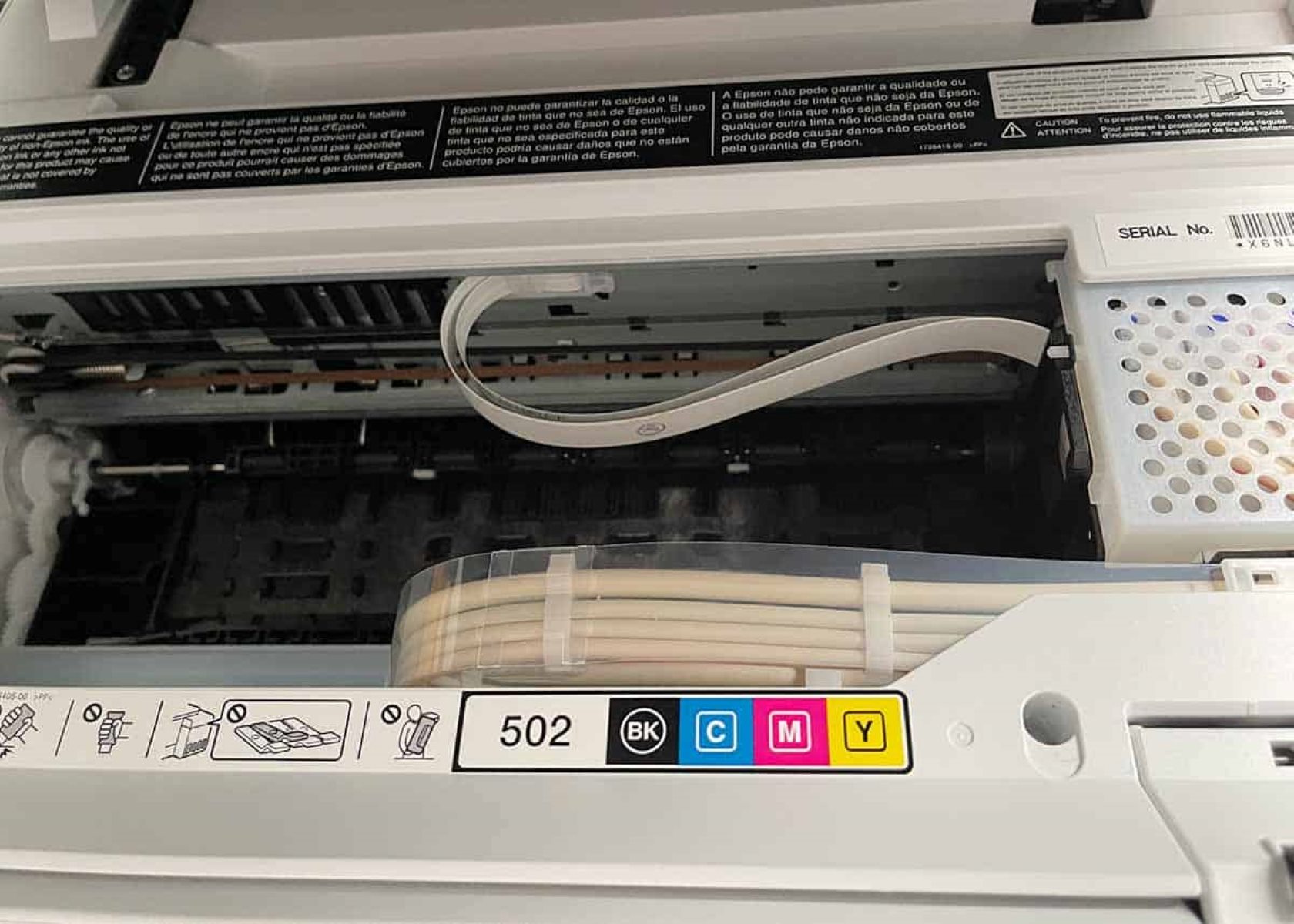



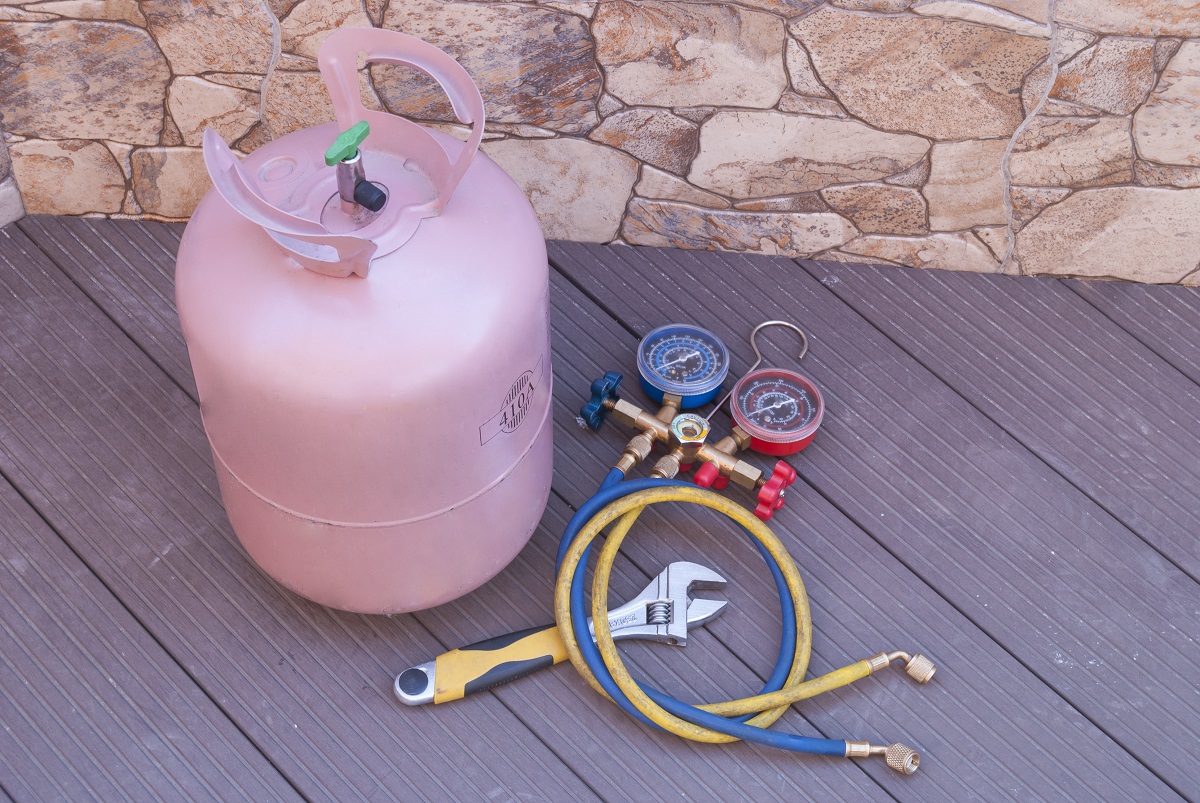







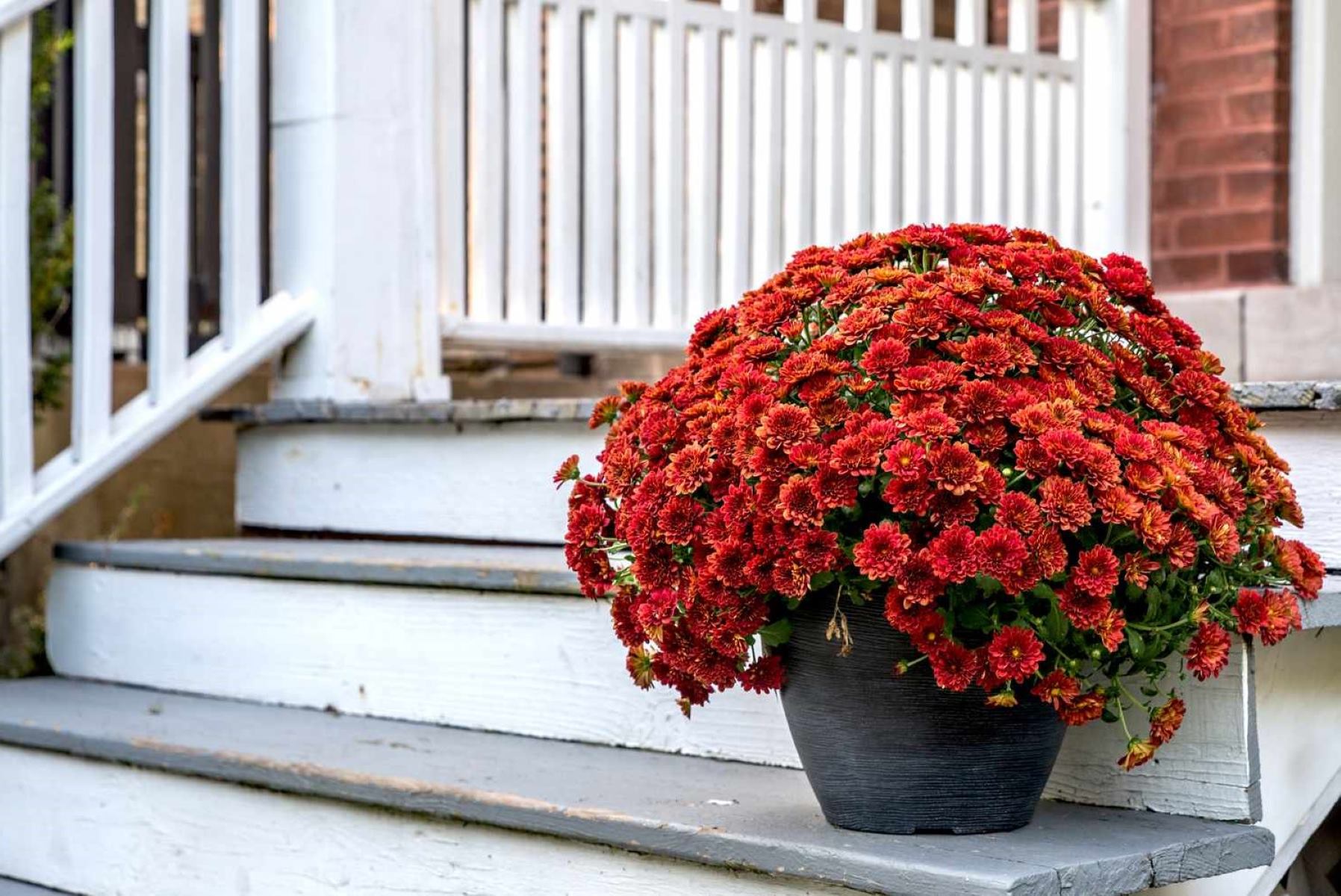
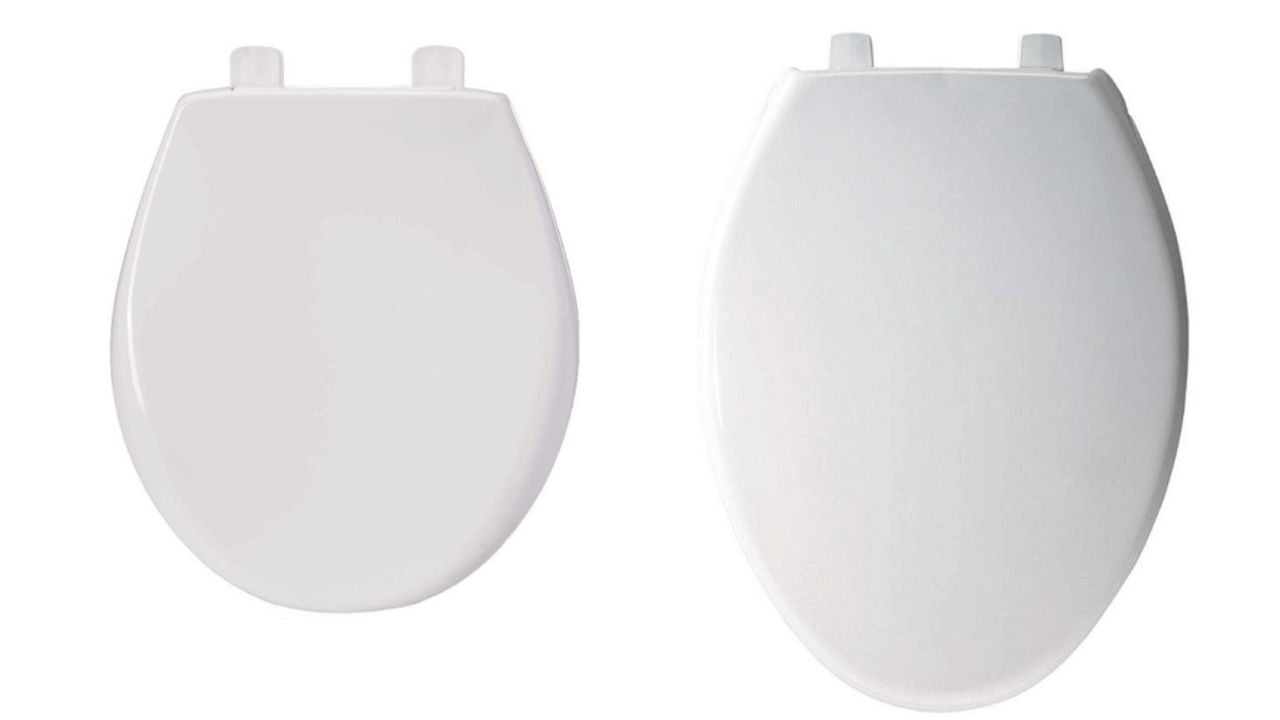

0 thoughts on “How Do I Know If My Mums Are Perennial Or Annual”